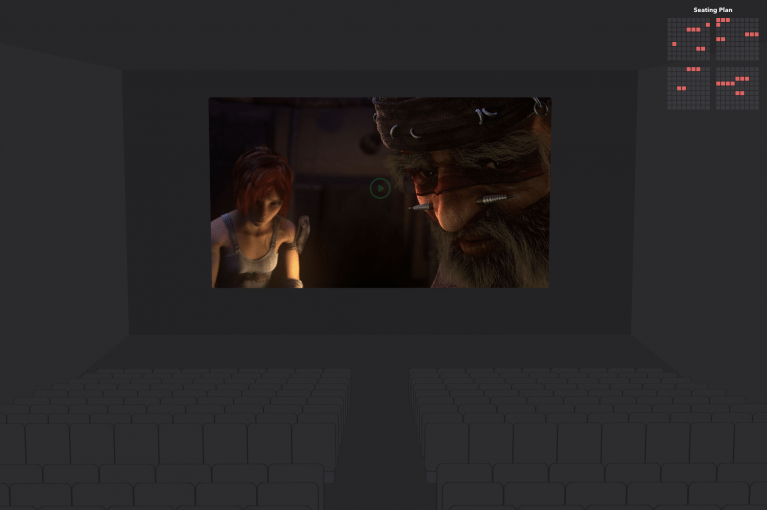Goodbye Internet Explorer: Browser Trends for 2016
The good news is here! As of Tuesday the 12th of January, Microsoft has ended all support and security patches for all version of Internet Explorer (referred to as IE from now on) versions 8, 9 and 10. Users still using versions older than IE11 will start receiving an “End of life” notification telling them about this new development and encouraging them to update to IE11.
This is good news for both web users and web developers. At one time, IE was the most popular browser in the world. In the mid-2000s, the browser accounted for almost 70% popularity among all the browsers in the world. However, as other browsers such as Chrome and Firefox came on the scene with their faster performance and advanced web features, usage for IE started falling, until it became one of the least and the worst reputed browsers in the market.
Web Design & Internet Explorer
Our aim as a web development agency is to have our beautiful sites perfectly rendered the same across all browsers including versions of IE as far back as IE9. Amongst web developers, older versions of Internet Explorer always posed challenges when creating websites. While we can be almost certain when testing a site against Chrome and Firefox that it will be rendered similarly, the same cannot always be said for IE.
The fact that IE required hacks, special rules and syntax for allowing certain modern web features to work, would cause hours of frustration to web developers and also adding costs for clients to cover the extra time for development and testing. With IE11 being a browser that adheres to modern web standard and features, the level of frustration will be exponentially decreased when testing.
However, while Microsoft has stopped releasing support and security patches for older versions of IE, that does not mean that we will stop developing for them altogether. The fact remains that a lot of big enterprise companies are still using versions of IE as far back as IE8 and it might be a while until they will upgrade to newer versions of IE.
Modern Browsers & Trends for 2016
With regard to modern browsers, according to statistics, on desktop Chrome remains the top browser with about 67% of usage. This is followed by Firefox at 19%, IE at about 6% and Safari at 3.9%. While these statistics show Safari at the bottom on desktop, browser stats on mobile paint a different picture with Safari being the second most popular mobile browser after Chrome. This is due to the popularity of iPhones which come with Safari as the default browser.
Without having to support older versions, we can now explore and use some of the advanced features which we know are supported by modern browsers. Modern web features such as animations, drag and dropping of files for upload, transitions and even mobile features had limited support in older versions of IE so trying to use them always posed a challenge. That will not be the case anymore.
Browsers are not stopping just there though. Advanced and experimental features such as 3D rendering and particle generating are already available in the newest versions of Chrome and Firefox which allow users to play 3D games such as those on game consoles right there in the browser, something that would have been very far-fetched a few years ago. Disregarding the notion of games, experiments such as this concept of a 3D seat chooser for a cinema show what the future for web browsers will be like (click play on the video then “select your seats”).
Technologies such as WebGL (Web Graphic Library) are opening up doors to endless possibilities of web development as can be seen in the plethora of examples in the Chrome Experiments site, which will in the next few years really allow us as web developers to do whatever we dream.
Expect to see some elements of these experiments being adopted by brands in 2016 to create more immersive and intuitive digital experiences. In particular look out for mobile uses of WebGL and how it can be merged with virtual reality like this customisable Mini Cooper interior that uses your phone’s accelerometer.
Mobile WebGL Experiment with 3D and Virtual Reality from ELEKS Digital on Vimeo.
The death of older versions of internet explorer will be welcomed by the whole web development community and by the web users too.
As a result, web developers can spend more time getting creative and experimental by developing sites without the fear of old browser compatibility issues. This ultimately leads to providing users with a more immersive and pleasurable web experience. Here is to the future of web browsers!

